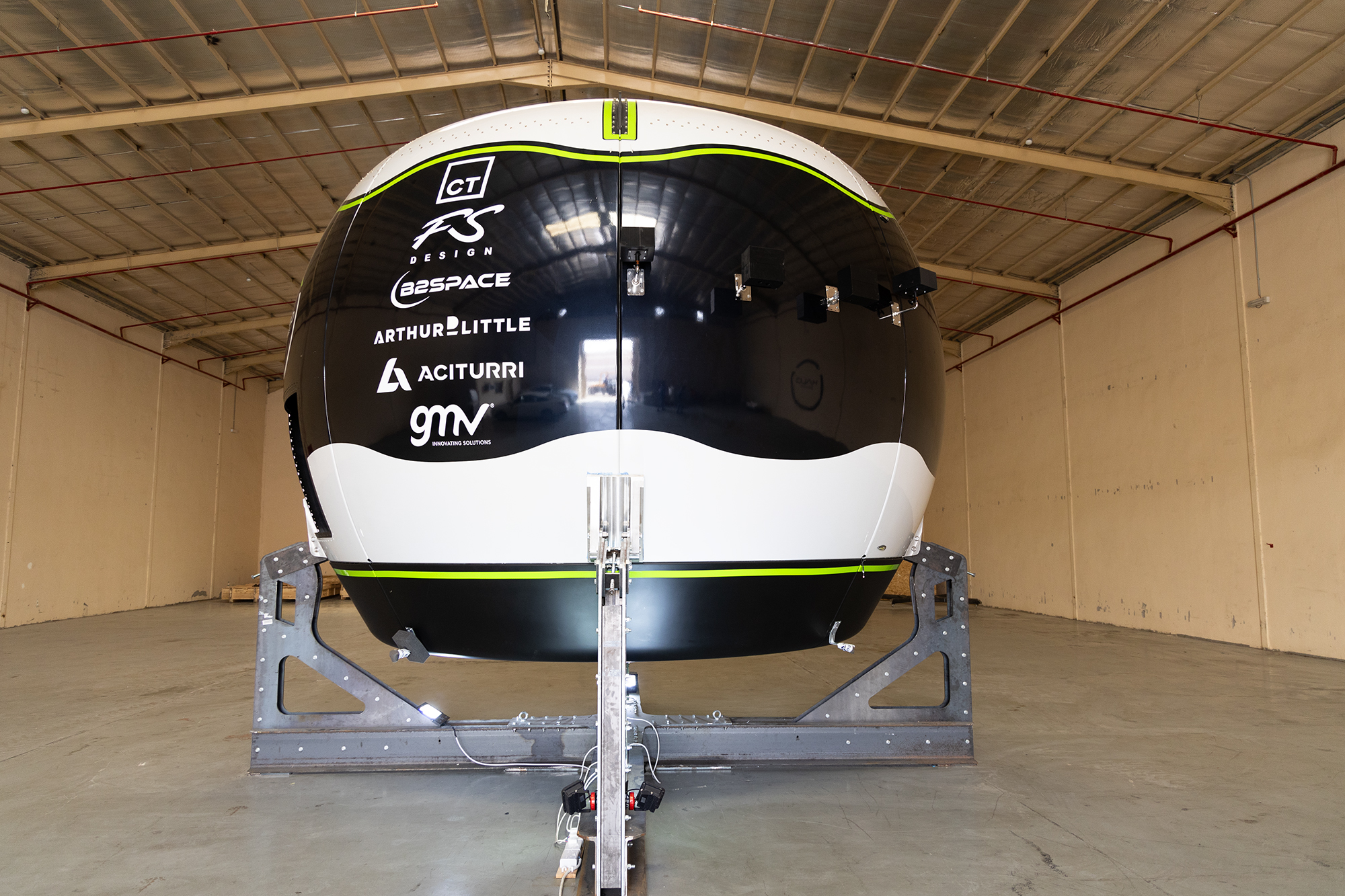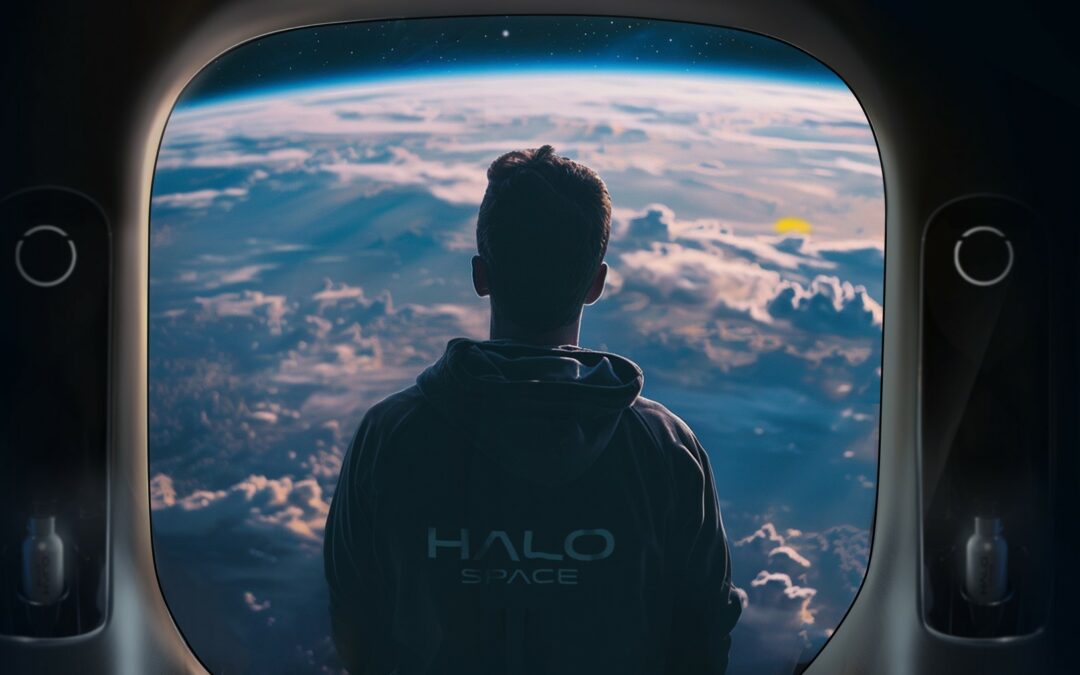HALO Space – a space tourism company – will conduct its next test flight in the Kingdom of Saudi Arabia this September. It marks the company’s sixth test flight and aligns with Saudi Vision 2030’s goals. It is in collaboration with Saudi’s Communications, Space and Technology Commission (CST).
The upcoming test flight will feature HALO Space’s real-size prototype capsule, Aurora, which will ascend to 30 kilometres above the Earth’s surface. The primary objective of this mission is to rigorously validate the integrated operation of all critical systems developed over the past three years.

“This mission is designed to meticulously validate all our critical systems we’ve been developing for the past three years,” said HALO Space chief technology officer Alberto Castrillo. “The dates and location were set to ensure the reliable operation of our equipment and safe conditions for the teams that will be on the ground operating the flight.”
The CST has been working with the company since the beginning of the year, overseeing preparations for the test flight. The commission has also been collaborating with other government entities such as the General Authority of Civil Aviation (GACA) to meet all regulatory requirements for the test flight.

“This innovative project represents a significant step forward in space tourism, and in support of such technological advancements and investment opportunities in Saudi Arabia, CST is always committed to providing regulatory frameworks that foster innovation among companies and projects like HALO Space while ensuring the safety of personnel and materials,” said CST acting deputy governor for space sector Frank Salzgeber.
HALO Space CEO added: “Collaborating closely with both private and public institutions to adopt safety standards and certification procedures is key to our mission. Our collaboration with CST underscores our commitment to creating the safest near-space flight experience possible.”

HALO Space’s prototype capsule test flights are a prelude to the launch of manned flights, expected to begin in 2025, to be then followed by commercial flights in 2026. Passengers will be carried to an altitude of up to 35 kilometres in a balloon-lifted spacecraft. The journey will last over six hours, allowing them to witness the Earth’s curvature and the vastness of space.

